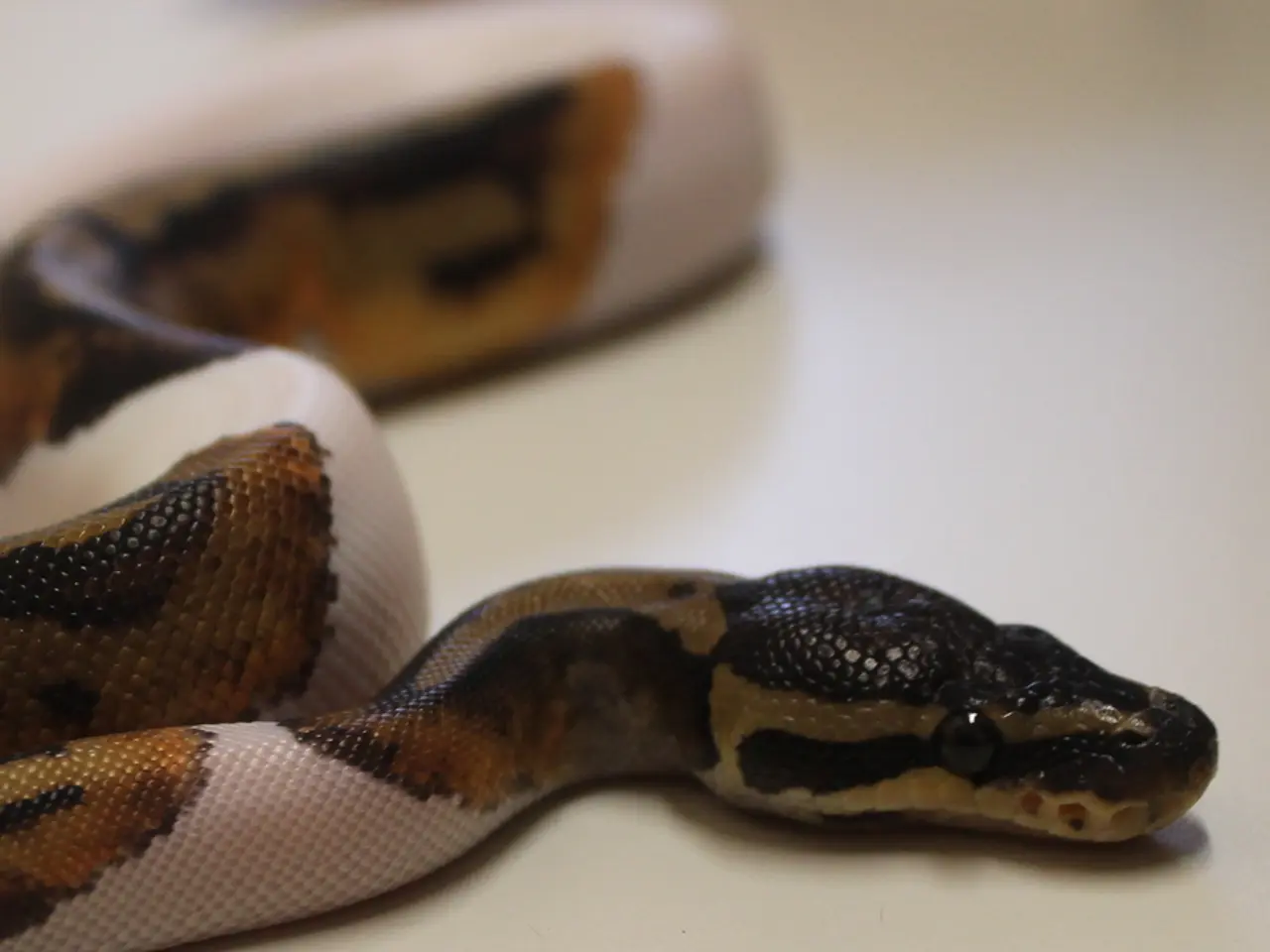Ancient origins of potatoes revealed: Study indicates that potatoes developed from tomatoes and a different South American plant around 9 million years ago.
A Groundbreaking Discovery Uncovers the Origins of the Potato
A team of researchers has uncovered the origins of the potato, one of the world's most essential crops, through an in-depth study of its genetic history. The study, published in the journal Cell on July 31, suggests that the potato originated approximately 9 million years ago from an ancient natural hybridization between a wild tomato-like ancestor and a wild potato-relative lineage called Etuberosum.
The hybridization event combined genetic traits from both parents, enabling the development of underground tubers, a key evolutionary innovation that allowed efficient nutrient storage and asexual reproduction by sprouting new plants from tubers.
Genetically, two critical genes underlie the tuber trait:
- SP6A, which signals the plant when to start forming tubers, originated from the tomato-like ancestor.
- IT1, which controls the growth of underground stems that form tubers, came from the Etuberosum lineage.
Without both genes, the hybrid ancestor could not produce tubers, highlighting how the novel combination of these genetic elements was essential to tuber formation.
This tuberization trait was highly adaptive during the rapid uplift of the Andes mountains. The new mountainous environment presented harsh, fluctuating climate conditions where underground nutrient storage and vegetative reproduction conferred survival advantages. It allowed early potatoes to colonize diverse ecological niches from grasslands to high meadows, contributing to the rich diversity of wild and cultivated potato species known today.
The team identified SP6A, a gene that came from the Tomato lineage but evolved in potatoes to provide instructions on when to make tubers. Conversely, the gene IT1, involved in forming tubers, came from the Etuberosum side.
The interbreeding event between the ancestors of Tomato, Petota, and Etuberosum created new combinations of genes in the Petota lineage. This interbreeding led to the origin of potatoes, and the new combinations of genes in the Petota lineage gave rise to tubers, swollen underground organs that store water and nutrients, which are edible by humans.
The ancestors of modern Tomato and Etuberosum plants did not have tubers, and these structures have not appeared in either lineage since they interbred to produce a hybrid.
In summary, the potato originated about 9 million years ago from an ancient natural hybridization between a wild tomato-like ancestor and a wild potato-relative lineage called Etuberosum. This hybridization event combined genetic traits from both parents, enabling the development of underground tubers, a key evolutionary innovation that allowed efficient nutrient storage and asexual reproduction by sprouting new plants from tubers. This evolutionary history explains how the domesticated potato, first cultivated around 8,000–5,000 BC in the Andes, acquired its defining tuber trait and spread worldwide as a vital staple crop.
References:
- Pennisi, E. (2020). Potatoes' tuberous roots trace back to a wild tomato–like ancestor. Science News.
- Moghaddasi, A., et al. (2020). Ancient Hybridization Drove the Evolution of Potatoes. Cell.
- Doebley, J. F. (2020). Tomatoes and Potatoes: A Tale of Two Genomes. Cell.
- Hawkins, S. (2020). Potatoes evolved from a hybrid of tomatoes and wild relatives, study finds. The Guardian.
The groundbreaking discovery of the potato's origins in environmental-science research reveals that it stemmed from a hybridization between a wild tomato-like ancestor and the Etuberosum lineage, highlighting the significant role of science in uncovering the past. Modern technology, such as genetic sequencing, played a crucial part in this unprecedented study.
This hybridization event combined the SP6A gene, which originated from the tomato-like ancestor, with the IT1 gene from the Etuberosum lineage, leading to the development of the potato's distinct tuber trait that has contributed to its widespread cultivation and underpins its status as a vital world resource in food production.



